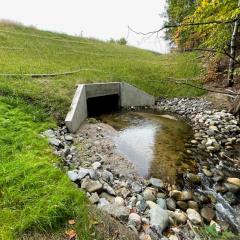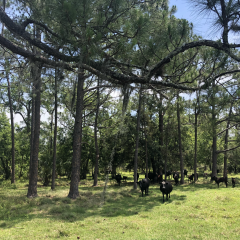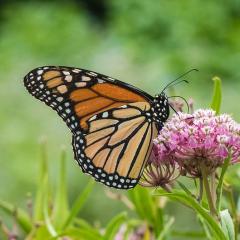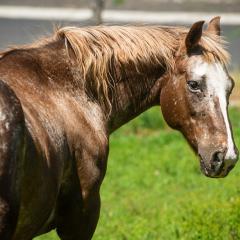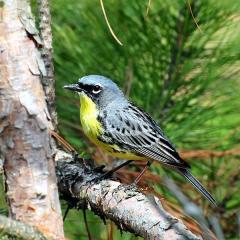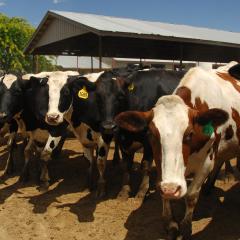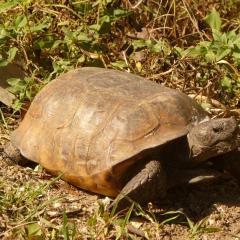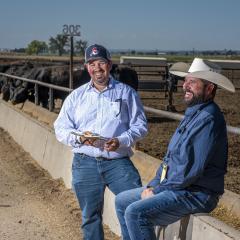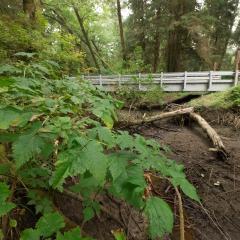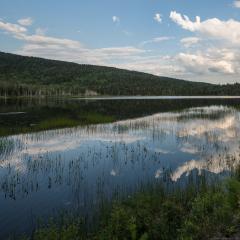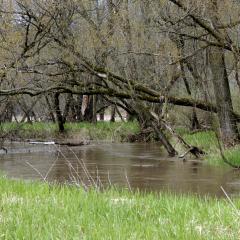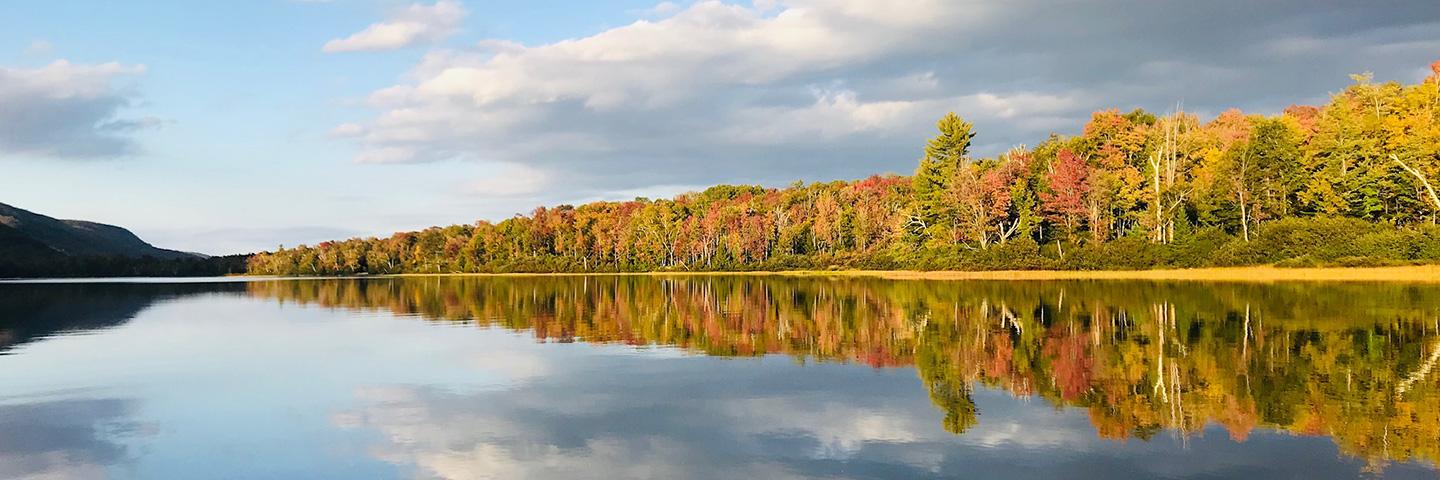
RCPP in Action
Breadcrumb
- Home
- Programs & Initiatives
- RCPP in Action
RCPP projects are making an impact across the country. Read about some of the program's successes below.
Success Stories
Conservation Innovation Grant Helps Landowners Reduce Conflicts between Predators, Working Lands
Conservation Innovation Grant Helps Landowners Reduce Conflicts with Predators on Working Lands in the West
Rebuilding Indiana’s Hellbender Habitat
The Farmers Helping Hellbenders project, bolstered by the NRCS Regional Conservation Partnership Program, aims to improve water quality and restore the hellbender population in the Blue River-Sinking watershed. Read about the project successes.
Restoring Michigan’s Aquatic Ecosystems through the Regional Conservation Partnership Program
USDA’s Natural Resources Conservation Service (NRCS) worked with Michigan’s Grand Traverse Band (GTB) of Ottawa and Chippewa Indians to remove blockages to natural water flow in streams and rivers through the Regional Conservation Partnership Program (RCPP).
Continuing the Legacy of Conservation in Vermont through RCPP
Conservation is hardly a new thing for Delsie Hoyt and her husband Chuck Eaton. Since the 1790s, the Eaton family has stewarded the land in West Fairlee, Vermont. And today, they continue to steward the land as part of a larger partnership effort to maximize the conservation of their forest land.
Protecting a Working Cattle Ranch and Enhancing Wildlife Habitat Along Connected Land and Waters in South-Central Florida
In south-central Florida, diverse partners with an experienced leader at the helm demonstrate the power and effectiveness of partnerships and the essence of USDA Natural Resources Conservation Service’s (NRCS) Regional Conservation Partnership Program (RCPP).
Restoring Native Plant and Pollinator Habitats in Tennessee
In early spring of 2020, the Rogers family decided to change the use of their land in Morrison, Tennessee, to something less intensive and increase its recreational uses while maintaining some income from the land.
Managing Kentucky Horse Farms for Improved Natural Resources
Horses are problem grazers. They eat what they like, until it’s gone. Horses can leave pastures with bare spots, root damage, weed growth and soil erosion.
Vermont Landowners Create Oasis for Birds with Forest Management
Annette and Jeff Goyne live in Richford, Vermont, surrounded by the beauty and tranquility of 54 acres nestled in the foothills of the Horseshoe Range. They have worked hard to cultivate a birder’s retreat and wildlife haven from what once was a 200-acre dairy and sugar bush.
Manure Management Improves Water Quality
With alfalfa in the crop rotation and pastureland in the mix, Stacy Miller’s 350-acre dairy farm near Plainview, Minnesota already played a role in filtering runoff flowing toward the Mississippi River.
Secure Working Forests for Longleaf Pine, Endangered Species
Longleaf pine ecosystems are critical habitat for threatened and endangered species such as gopher tortoises and red-cockaded woodpeckers.
Feedlot Upgrade Aids Mississippi River
Dodge County, Minnesota brothers Ben and Jay Currier improved their dairy farm’s efficiency, optimized the fertilizer it produces and played a role in protecting the Mississippi River when they installed a new manure pit last fall.
Restoring Jellison Meadow Brook in Maine
Like many of the bridges you will find crossing small rivers and streams across America, the old bridge across Jellison Meadow Brook was built with only the movement of people in mind.
Maintaining Healthy Streams and Forests in Alaska
Generations of Alaska Native people have thrived upon the land and all that it supports. A common cultural thread weaves Alaskans together in this enormous state: they are hunters, harvesters, gatherers, and fishers.
Stream Habitat Conservation in Grant County, Wisconsin
Mary Stanek owns a 240‐acre farm just upstream from the confluence of the Blue River and Sixmile Branch in the northeast corner of Grant County, Wisconsin. These two river systems represent 15 years of partnership with NRCS, the Harry and Laura Nohr Chapter of Trout Unlimited and numerous local landowners.
Grass Highway for Elk Migrations
Yellowstone's Cody elk herd makes one of "the longest migrations of elk we know about in the lower 48 states," according to Arthur Middleton, an assistant professor of wildlife management and policy at UC Berkeley and trustee at the Buffalo Bill Center of the West in Cody, Wyoming, who has studied them extensively for nearly two decades.
Conserving Open Space in Montana
The Gallatin Valley Land Trust (GVLT) along with 17 partner organizations has been awarded a $3.8 million renewal of conservation funding through NRCS’ Regional Conservation Partnership Program (RCPP).




